Introduction to the Li River
Winding its way through the stunning landscapes of Guangxi Province, the Li River (利江, Lì Jiāng) stands as one of China’s most iconic natural wonders. Stretching for 437 kilometers, this remarkable waterway begins in the Mao’er Mountains and flows southward, eventually merging with the Gui River in Pingle County.
Renowned for its ethereal beauty, the Li River has captivated the hearts of travelers, artists, and poets for centuries. Its otherworldly karst scenery, shrouded in mist and legend, graces the back of the 20 yuan note, cementing its status as a national treasure.
The river’s fame extends far beyond China’s borders, drawing millions of visitors each year to witness its unparalleled beauty firsthand.
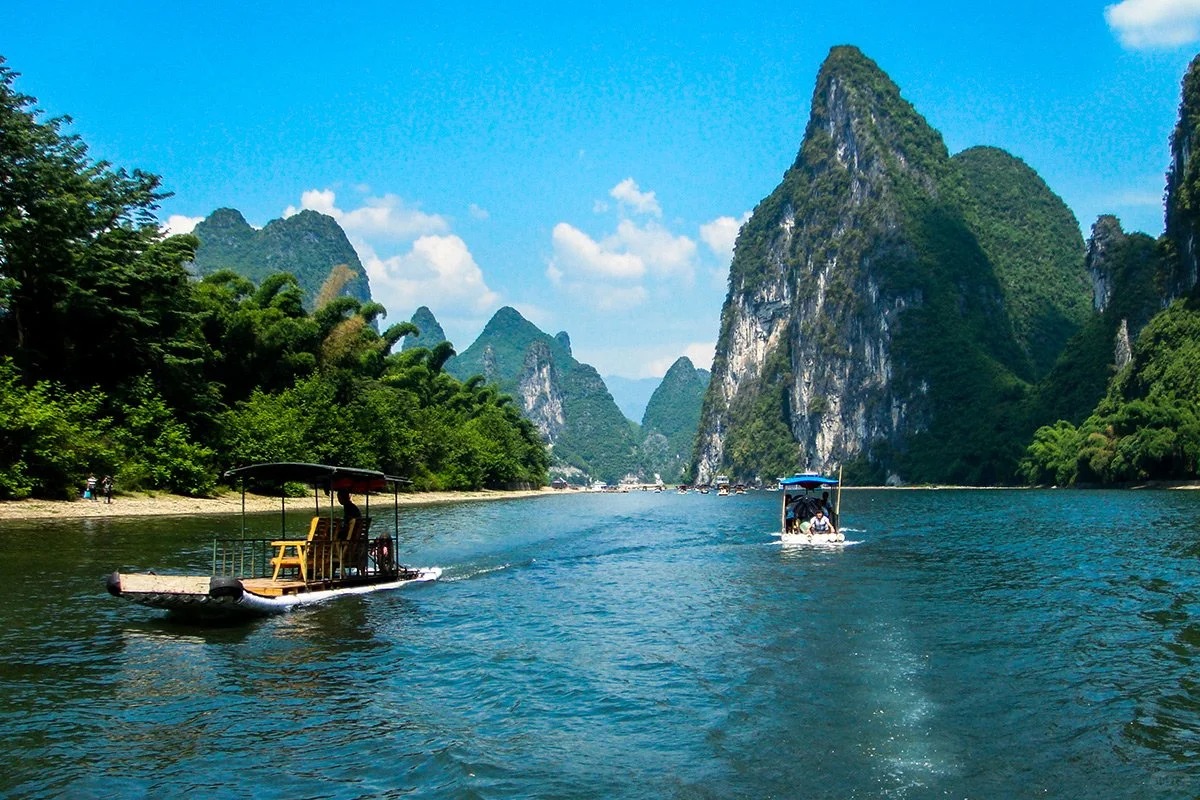
Scenic Landscape and Natural Wonders
The Li River’s most distinctive feature is its karst topography, characterized by towering limestone peaks that rise dramatically from the water’s edge. These formations, sculpted over millions of years by erosion, create a landscape that seems to belong more to a painter’s canvas than to reality.
Notable rock formations along the river include:
- Nine Horses Fresco Hill: A cliff face said to resemble nine galloping horses
- Yellow Cloth Shoal: A stretch where the river bed’s rocks create a golden shimmer
- Crown Cave: A majestic cavern system accessible from the river
The river’s ecosystem supports a diverse array of flora and fauna, including bamboo groves, century-old banyan trees, and the endangered Chinese sturgeon.
Seasons paint the Li River in different hues:
- Spring brings lush greenery and crystal-clear waters
- Summer offers vibrant colors and occasional dramatic thunderstorms
- Autumn cloaks the landscape in a golden glow
- Winter presents a serene, misty atmosphere perfect for photography
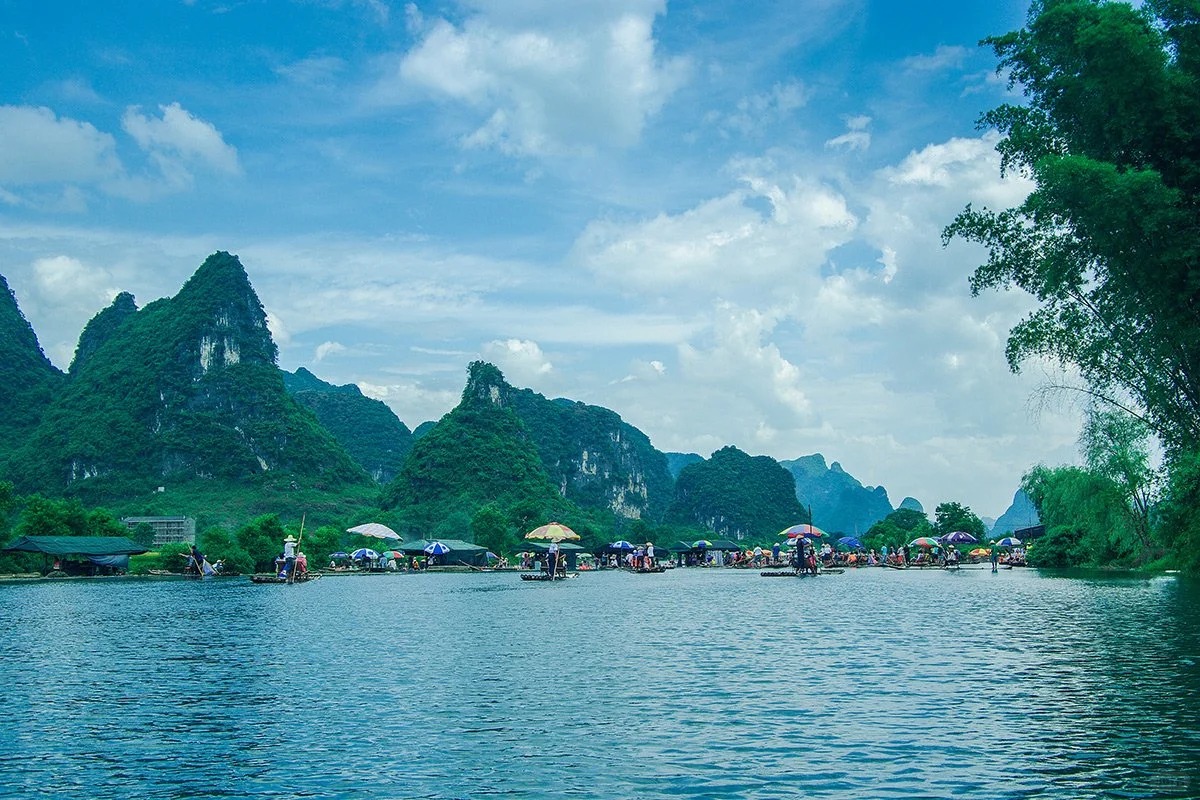
Cultural and Historical Significance
The Li River has long been a wellspring of inspiration for Chinese artists and poets. Countless scroll paintings and verses have attempted to capture its otherworldly beauty, with the famous Tang Dynasty poet Han Yu declaring, “The river winds like a green silk ribbon, while the hills are like jade hairpins.”
Historically, the river served as a vital trade route, connecting the mountainous interior with coastal regions. Today, it continues to play a crucial role in the local economy, primarily through tourism.
The region is home to several ethnic minorities, including the Zhuang and Yao peoples, whose traditional lifestyles and customs have been shaped by the river for generations.
Local cuisine reflects the bounty of the river, with dishes featuring river fish, shrimp, and water chestnuts prominently on menus throughout the region.
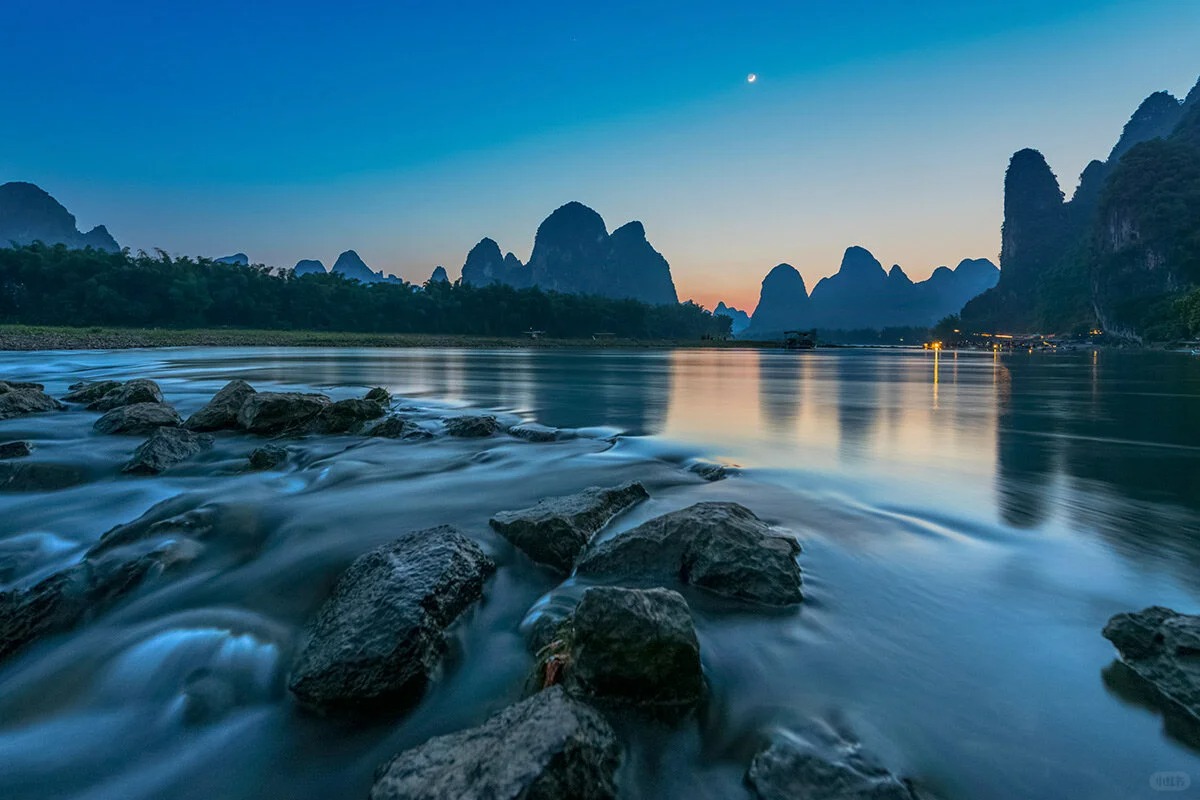
Li River Cruise Experience
| Cruise Type | Duration | Highlights |
|---|---|---|
| Standard Cruise | 4-5 hours | Guilin to Yangshuo, major scenic spots |
| Luxury Cruise | 4-5 hours | Smaller boats, gourmet meals, expert guides |
| Bamboo Rafting | 1-2 hours | Intimate experience, closer to water level |
The most popular cruise route runs from Guilin to Yangshuo, covering approximately 83 kilometers of the most scenic stretches of the river.
Key highlights along the journey include:
- Elephant Trunk Hill
- Mural Hill
- Xingping Fishing Village
For the best experience:
- Choose a seat on the upper deck for unobstructed views
- Bring a good camera and extra batteries
- Be prepared for variable weather conditions
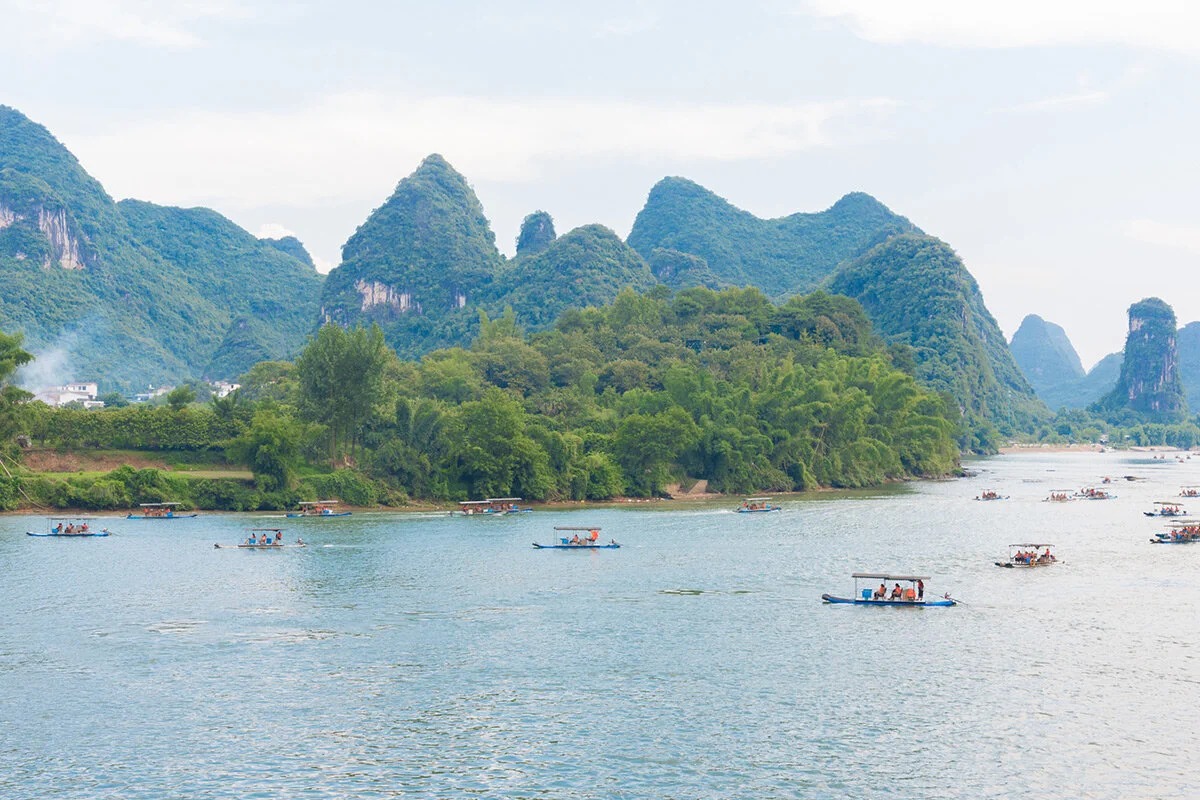
Activities and Attractions Along the River
Beyond the cruise, the Li River region offers a wealth of experiences:
- Yangshuo: A picturesque town surrounded by karst peaks, perfect for cycling and rock climbing
- Xingping Ancient Town: Preserved architecture and the view featured on the 20 yuan note
- Cormorant Fishing: Traditional fishing method demonstrations, typically at sunset
- Hiking: Trails offering panoramic views of the river and countryside
These attractions provide a deeper immersion into the natural beauty and cultural richness of the area.
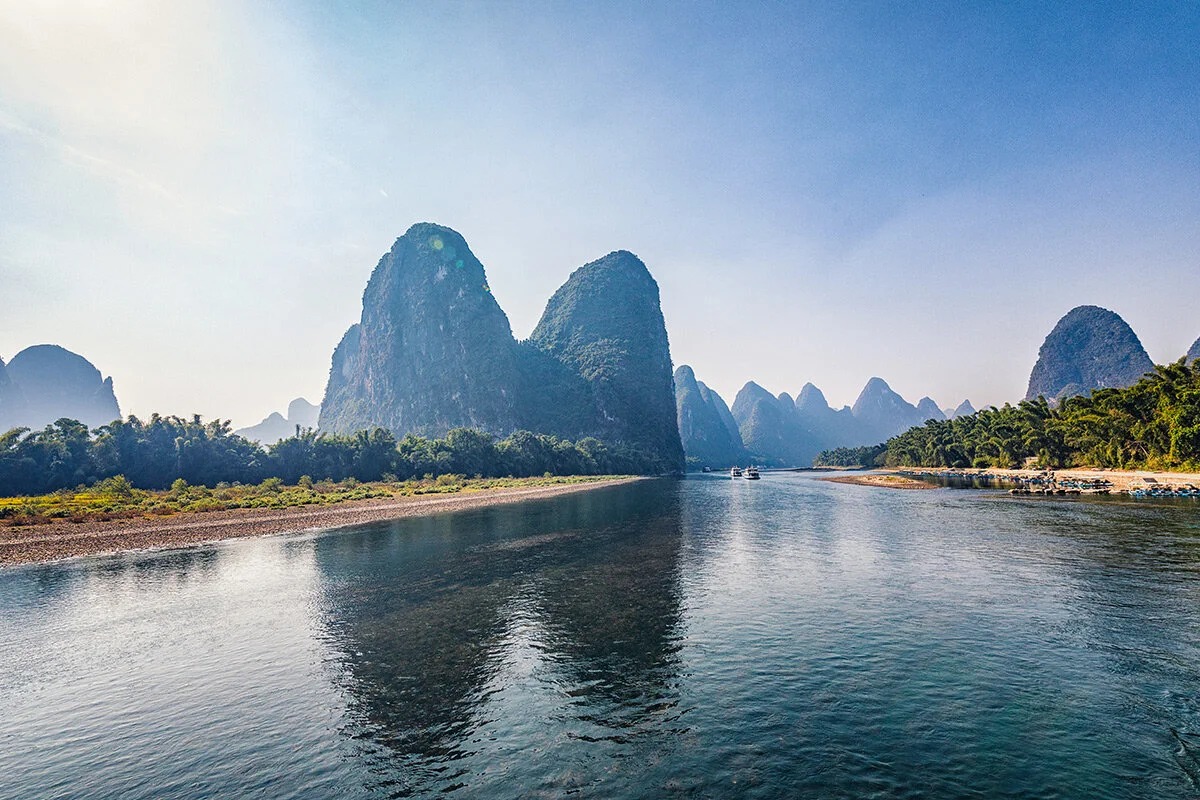
Environmental Conservation and Challenges
The increasing popularity of Li River tourism has brought both economic benefits and environmental challenges. Efforts to preserve the river’s ecosystem include:
- Strict regulations on boat emissions and waste disposal
- Reforestation projects along the riverbanks
- Water quality monitoring and improvement initiatives
Sustainable tourism practices are being promoted to balance conservation with economic development, encouraging visitors to appreciate the river’s beauty responsibly.

Practical Travel Information
Getting there:
- Fly into Guilin Liangjiang International Airport
- High-speed trains connect Guilin to major cities like Guangzhou and Beijing
Best seasons to visit:
- April to October for warm weather and clear skies
- November to March for misty, ethereal landscapes
Accommodation options range from luxury resorts in Guilin to boutique hotels in Yangshuo and homestays in rural villages.
Photography tips:
- Early morning or late afternoon for the best light
- Use a polarizing filter to reduce glare on the water
- Capture the interplay of mist and mountains for atmospheric shots
The Li River offers a journey through one of China’s most spectacular landscapes, blending natural wonders with rich cultural heritage. Whether cruising its waters, exploring its shores, or simply basking in its beauty, visitors are sure to be enchanted by this extraordinary destination.





